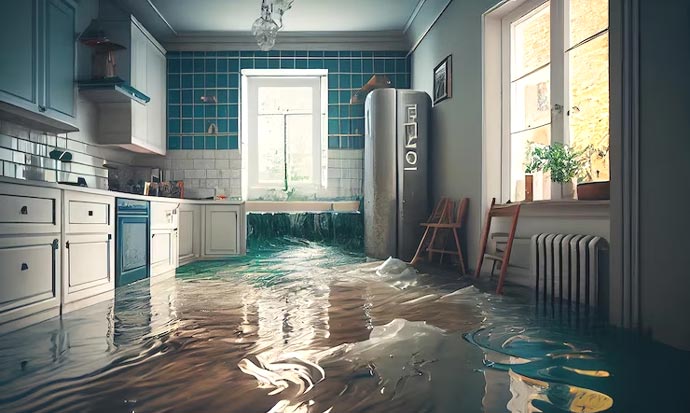Adding water to a garden can be a pretty enjoyable experience, to say the least. Whether it be a pond, waterfall, or fountain, the right set up can bring different wildlife to the area. Not only that, but it is pretty relaxing as well.
To properly have a great setup, the right water gardening components make a big difference. This includes pond liners, pumps, filters, skimmers, and more. It might not seem like that difficult of a setup process, but they all play an important role in making sure that everything stays perfect.
The pond pump is arguably the most important component that was purchased. That is because a pond, fountain, or waterfall is not going to function properly without it. There are two types of pumps, and the location is what makes the difference. Some pumps are completely submersible, allowing them to be hidden a bit while they are doing work. An external pump is a little more efficient, and it is better for larger ponds in general. There is no hiding these pumps, but they do last almost twice as long in some cases.
Using a filter to make sure that the water is free of any harmful toxins is also important. This new water added to the garden is going to bring wildlife in, and nobody wants to kill or harm the animals checking things out.
Skimmers and sterilizers are also just going to make the water better overall. Day after day the garden depends on the water, and it’s important to keep it as fresh as possible for usefulness and presentation purposes.
Table of Contents
Staying on top of maintenance
Gardening is a rewarding and enjoyable hobby that can enhance the beauty and productivity of your home. However, gardening also requires some essential components and water restoration tips to ensure the health and sustainability of your plants. Here are some of the main points to consider:
Water restoration tips:
These are the strategies that you can use to save water and use it wisely in your garden, especially in times of water scarcity or drought. Some of the common water restoration tips are:
Mulch your borders: Mulching is the process of covering the soil surface with organic or inorganic materials, such as straw, wood chips, gravel, etc. Mulching helps to retain soil moisture, reduce evaporation, suppress weeds, and regulate soil temperature.
Collect rainwater: Rainwater is a free and natural source of water that you can use for your garden. You can collect rainwater by installing a rain barrel or a tank that can store the runoff from your roof or gutters. You can then use a hose or a watering can to distribute the water to your plants.
Water wisely: Watering wisely means applying the right amount of water at the right time and in the right way to your plants. You should water your plants early in the morning or late in the evening when the sun is low and evaporation is minimal. You should also water deeply and infrequently to encourage deep root growth and drought tolerance. You should avoid watering the leaves or stems of your plants, as this can cause fungal diseases or sunburn
Installing some type of water in a garden is a great first step, but proper maintenance makes sense so that nothing goes wrong. Even when regular maintenance is kept up, there is still a chance that something goes wrong with the amount of water in the garden. A heavy rainstorm or a slight malfunction can cause water to overflow in a hurry.
Flood Restoration
Flooding can occur seemingly out of nowhere, and it is always beneficial to know beforehand on how to treat everything. Most are going to need to deal with flooding only in the garden, but if it is close to the home, flood restoration is needed inside as well.
What needs to be done if there is too much water in the garden, causing issues in and around it? The first step is to act quickly. Rapid restoration is going to be extremely beneficial to prevent extensive damage.
It only takes a few hours for the water to do damage to the inside of a home. Floors can get warped, mold can start to develop and other issues will end up being prevalent. If the water does start to seep into a home, the faster it can be handled, the better.
With flooding outdoors, treat it a little differently. First, examine the entire area and see if anything needs immediate attention. A professional can start to remove water from the area if need be. Sometimes, if the flooding is controllable, it might be best to just let the water evaporate over time. It might mean the waterfall, fountain or pond is out of commission for a couple of days, but it will naturally fix itself.
Professional help vs. do-it-yourself
A lot of people might think that handling flood restoration by themselves is possible. While you can do some basics without professional assistance, it is usually not wise to simply blow off any professional help. Professionals will be able to see just how much damage is done, and they will know exactly how to treat everything. They also will have the proper tools to make sure that fixes are perfect the first time, not requiring follow-up service.
It might seem like a minor issue, but all it takes is a little bit of water seeping into an area that can’t handle it to cause some serious issues. Don’t take that chance, especially if the water is close to the home. It doesn’t take a lot of water to do some damage and leave a mark. Water in the garden can be a beautiful addition to any home but don’t forget that things can go wrong if there is any flooding in that area. Never overlook a little water build-up.

